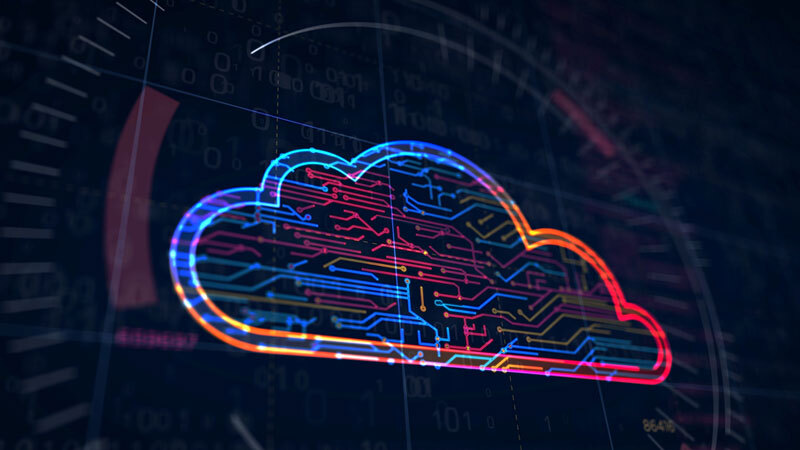
DRaaS vs Backup: Which Workload is Right for the Cloud?
Data is the lifeblood of any business at every stage of its evolution. While it comes in many forms and plays different roles in every enterprise, SMB or large company, data fuels growth, sets direction, and moves departments forward. With the critical nature of data, IT managers have to take every conceivable precaution to ensure that company information is adequately housed and protected in a secure environment.
This includes making a pivotal decision: Should data and apps on IBM Power Systems running IBM i be backed up in traditional ways — typically on tape — or is it wiser to pursue a more state-of-the-art option; namely, Disaster Recovery as a Service, or DRaaS?
While IT managers at businesses of all sizes and configurations need to determine the intrinsic value of their own data, it’s essential to ask one vital question: Can your company truly absorb the loss of your data in the event of a catastrophic event like a flood or fire, or infiltration by a bad actor?
Let’s look at these two data protection options to safeguard your IBMI i system data and apps — traditional tape backup, and DRaaS — and explore the benefits of each.
Traditional Backup
Backup is just as its name implies; it’s simply a snapshot of your system, typically taken once a day.
When it comes to IBM I, traditional backup consists of the following:
- Data is stored on traditional tape using the same technology that’s been in use for over six decades
- Backup is automatically scheduled, usually at the close of each business day
- Data is stored for a specific period of time, typically for one year
- Your data is housed in an offsite location in the event of a fire or flood at the site of your business and primary data collection site
Traditional backup has its place in the world, but it has considerable shortcomings compared with DRaaS. Housing massive amounts of data on reels of tape just isn’t practical or efficient for today’s information-heavy IT departments.
While tape backup provides a modicum of data protection, it’s rudimentary and insufficient to accommodate the amount of data amassed on a daily basis at most firms today.
The drawbacks of traditional tape data backup include:
- Data housed at the close of each business day is already outdated for modern systems that are generating data 24 hours a day, seven days a week.
- Retrieval of tape backup data can be very time-consuming, entailing the need for a working system and subsequently mounting the backed-up data. This process can take hours or even days.
- The human element: Changing out tapes and storing them at an off-site location requires many man-hours, and it also introduces the possibility of human error.
- There is no guarantee that each day’s data backup was successful until the data on the tape is accessed and verified that the backup is working properly.
Enter the 21st Century, and Data Recovery as a Service, or DRaaS
For today’s IBM i systems, clearly DRaaS is the optimal — and preferred — solution for efficient data backup. DRaaS ensures business continuity for organizations that require fast, accurate backup, and moves data storage into the modern world of cutting-edge IT management.
The Benefits of DRaaS Are Numerous and Include:
- Rapid restore times: It takes mere minutes or even seconds to recover systems, up to 10-times faster than with traditional tape.
- Scheduling each backup is easy, flexible, and on you own terms.
- With DRaaS, security is vastly improved and redundancy heightened with encrypted data in two geographically diverse data centers.
- DRaaS is remarkably cost-efficient and convenient, entailing only a simple monthly subscription fee and no expensive hardware or management costs.
IT managers need to weigh the benefits of each option and decide which data backup system is right for their specific needs.
While traditional tape backup is still embraced by some companies, clearly for today’s data-intensive companies running IBM i systems incorporating data and apps, Data Recovery as a Service is the logical solution.
For continuity, speed, security, cost-effectiveness and overall peace of mind, DRaaS is the preferred method of data and app storage and protection.
At Data Storage IP, our certified IBM i professionals are ready to work with you every step of the way to ensure that the migration process to DRaaS is swift and effortless, and to provide the ongoing support you need going forward.
Feel free to contact our IBM i experts today to discuss your needs, and to learn how we can help your company move to the next level of data storage, management and protection.

